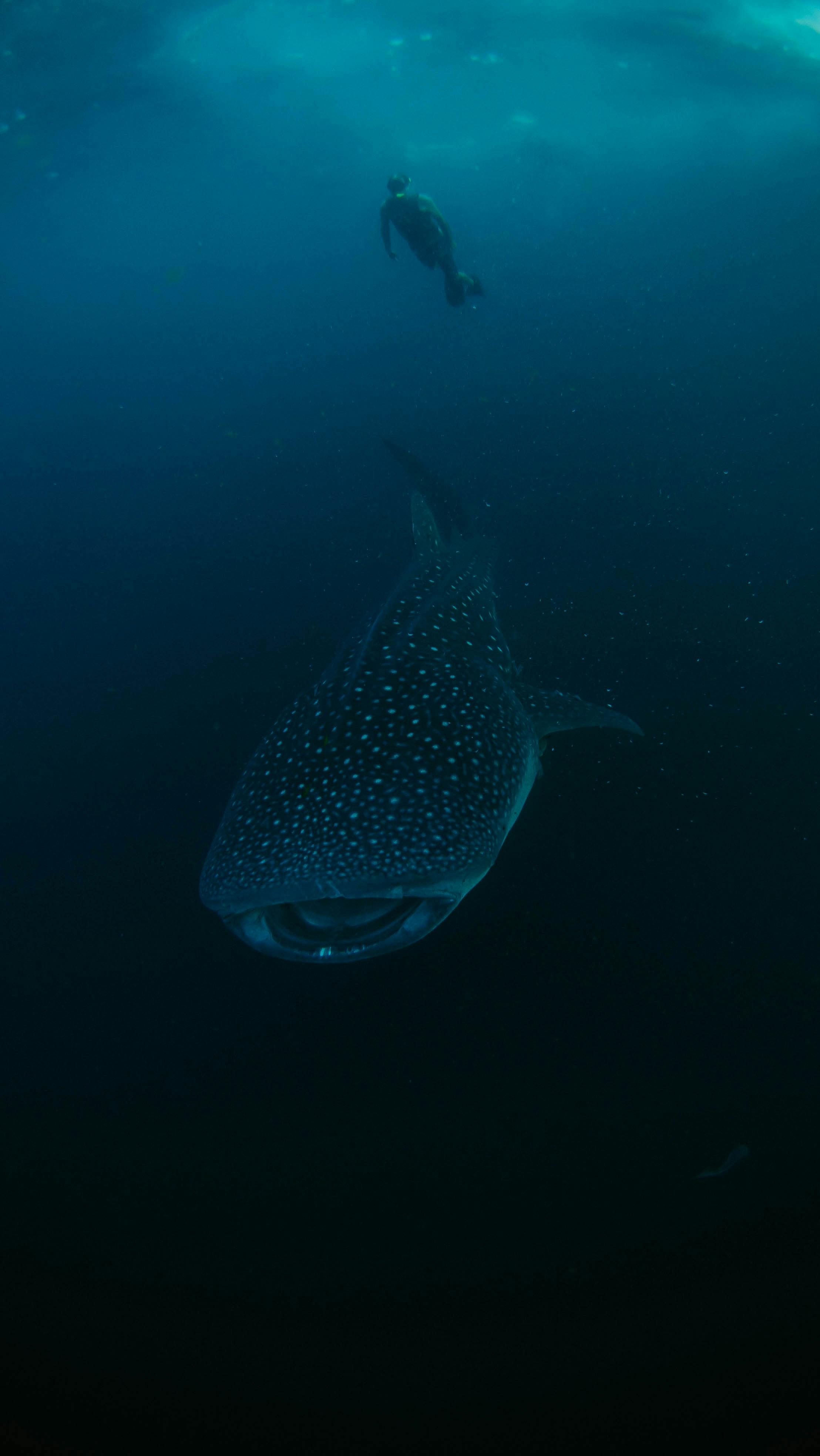Understanding Freshwater Sharks: Essential Insights into River Habitats and Species Conservation
Freshwater sharks might sound like a contradiction, given their marine reputation. However, certain shark species, particularly bull sharks, have adapted remarkably to thrive in freshwater environments. These fascinating creatures possess the unique ability to transition between saltwater and freshwater, which allows them to journey through rivers worldwide, including the mighty Amazon, the expansive Mississippi, and the flowing Zambezi. This article delves into the fascinating world of freshwater sharks, exploring their habitats, adaptations, and the threats they face in today’s changing ecosystems.
Understanding the role of these species in freshwater ecosystems not only highlights their behavioral adaptations but also emphasizes the importance of biodiversity within these habitats. As we navigate through the mechanisms supporting shark survival, their biodiversity impact, and conservation strategies, we will touch upon the various threats to these creatures and the significance of maintaining healthy aquatic ecosystems. Join us on this exploratory journey to grasp the intricate balance of river ecosystems and the vital role these sharks play.

Essential Characteristics of Freshwater Sharks
Freshwater sharks, such as bull sharks, are known for their body structure that allows tolerance to varying salinity levels. Their physiological adaptations, such as specialized kidneys, help them manage osmotic pressure when entering freshwater. This adaptability demonstrates the remarkable evolution and diversity within the shark family. Understanding the characteristics of these unique species provides insight into their role not just as predators but also as critical components in the lifecycle of aquatic ecosystems.
Unique Adaptations of Bull Sharks
Bull sharks have extraordinary adaptations that enable them to thrive in both saltwater and freshwater. They possess high levels of urea in their bloodstream, which assists them in balancing salt levels when transitioning between different environments. This remarkable ability showcases their evolutionary specialization. New research indicates that they can travel over 1,200 miles upstream, demonstrating their prowess in navigating both salty seas and freshwater rivers.
River Shark Species Overview
While bull sharks dominate discussions of freshwater sharks, several other species, like the Ganges shark and the Speartooth shark, also inhabit freshwater rivers. Each of these sharks demonstrates species-specific adaptations crucial for survival in riverine environments. Their behaviors, modes of feeding, and breeding patterns reflect an intricate relationship with their surroundings. By studying these species, we can understand not just their biology but also the health of freshwater ecosystems they reside in.
Environmental Roles of Freshwater Sharks
Freshwater sharks play essential predatory roles in river ecosystems, influencing prey populations and helping maintain ecosystem balance. Their hunting strategies impact local fish diversity and contribute to cycling nutrients within the aquatic food web. Through these interactions, they ensure healthy populations of smaller fish, underscoring their importance in maintaining biodiversity levels in freshwater habitats.
Geographical Distribution of Freshwater Sharks
The distribution of freshwater sharks is predominantly influenced by water quality, habitat availability, and connectivity between river systems. Bull sharks have been sighted in diverse locations, indicating their adaptive capacities. However, environmental changes and human activities threaten their habitats. From pollution to dam constructions that obstruct migratory patterns, understanding these dynamics is vital for developing conservation strategies to protect these unique species.

Swimming Through Shark Adaptation and Behavior
The behavioral traits of freshwater sharks reflect their adaptations to specific environments. Studying these behaviors unveils insights into their ecological functions and ongoing survival strategies. Moreover, analyzing the migratory patterns of these species contributes to a greater understanding of their distribution and habitat needs.
Migratory Patterns of Bull Sharks
Bull sharks are renowned for their migratory behaviors, capable of covering vast distances. Their journeys often involve transitioning between saltwater and freshwater, vital for growth and breeding. Understanding these patterns is essential for conservation efforts, as it aids in establishing protected areas that accommodate their migratory needs.
Behavioral Interactions in Aquatic Ecosystems
In freshwater bodies, shark behavior reveals much about predator-prey dynamics. Their hunting techniques impact local fish populations, ultimately influencing fish diversity and abundance. Observations indicate that their presence can deter smaller predator species, leading to a more balanced ecosystem. Restoring and protecting their habitats ensures these intricate interactions can thrive.
Influence of Environmental Conditions on Shark Behavior
The behavior of freshwater sharks is intricately linked to environmental conditions such as water temperature, salinity, and pollution levels. Monitoring these factors provides insights into their health and populations. Studies have noted that increased pollution can lead to abnormal behaviors, thus influencing survival rates and population dynamics. Effective strategies for habitat preservation should include addressing these environmental challenges.
Conservation Strategies for Freshwater Sharks
As we recognize the adaptability of freshwater sharks, it becomes imperative to develop robust conservation strategies aimed at preserving their populations and habitats. Several global and local initiatives focus on these unique species to counteract the threats they face in our increasingly fragmented environments.
Evaluating Current Threats to Freshwater Sharks
Freshwater sharks face multiple threats, including habitat loss, pollution, and overfishing. Industrialization and urban development have significantly altered river ecosystems, adversely affecting these species. Conservation organizations strive to raise awareness and implement targeted measures to address these ongoing challenges, emphasizing the need for collective action in mitigating human impact.
Successful Conservation Initiatives
Programs focused on river conservation have demonstrated success in restoring habitats essential for shark survival. Collaborative efforts between local communities, conservationists, and policymakers have effectively improved water quality and decreased pollution. Noteworthy projects include community-led initiatives for monitoring shark populations and implementing sustainable fishing practices, which foster both biodiversity and local economic viability.
Future Directions in Shark Research
Ongoing research into the behaviors and adaptations of freshwater sharks is crucial for identifying new conservation avenues. Studies highlighting the ecological roles of these species provide valuable information that can refine management policies. Additionally, citizen science projects engage communities in monitoring shark movements and populations, contributing to an increased understanding of these fascinating creatures.
FAQs: Insights on Freshwater Sharks and Their Conservation
What types of sharks can live in freshwater?
The most notable species is the bull shark, which can survive in both saltwater and freshwater ecosystems. Other species, like the Ganges shark and the Speartooth shark, also inhabit rivers, showcasing the diversity found within this category of sharks. Research continues to explore additional species inhabiting freshwater environments.
Why are freshwater sharks important to ecosystems?
Freshwater sharks play a critical role in maintaining the health of aquatic ecosystems. As top predators, they help regulate fish populations, contributing to nutrient cycling and overall biodiversity. Their presence is an indicator of ecosystem health, making their conservation crucial for the sustainability of freshwater habitats.
What conservation efforts are in place for freshwater sharks?
Conservation strategies include habitat preservation initiatives, pollution reduction measures, and public awareness campaigns about the importance of freshwater sharks. Local communities often participate in monitoring efforts and sustainable fishing practices, promoting a shared responsibility for the wellbeing of these unique species and their habitats.
How can individuals help in shark conservation?
People can contribute by supporting conservation organizations, participating in citizen science projects, advocating for sustainable practices, and educating others about the importance of freshwater sharks. Simple actions like responsible fishing and protecting local waterways can significantly enhance shark populations and their habitats.
What are the future prospects for freshwater shark species?
The future of freshwater sharks relies heavily on ongoing conservation efforts, habitat restoration, and public awareness. Continued research and commitment to preserving water quality will be crucial in ensuring these species thrive despite the challenges posed by environmental changes.
